10 Most Dangerous National Parks in America You Shouldn’t Underestimate

The United States is home to some of the most beautiful and diverse national parks in the world, and these parks attract millions of visitors every year. However, behind the breathtaking scenery, some of America’s most popular parks hide risks that can turn your dream adventure into a cautionary tale.
Every year, falls on El Capitan and bison goring make it to the news cycle. The wilderness is filled with sheer cliffs, unpredictable wildlife, and freak weather patterns. If you’re the type who craves a thrill but prefers to stay one step ahead of danger, here are 10 of the most dangerous national parks in America you’ll want to approach with equal parts awe and caution.
1. Denali National Park, Alaska

Denali’s towering peaks and sprawling wilderness are as breathtaking as they are treacherous. Many search-and-rescue operations occur annually, and high altitude and exposure are the leading causes of danger.
Climbers attempting to summit Denali face subzero temperatures, sudden avalanches, and limited oxygen at high altitudes.
Even hikers on lower trails need to stay vigilant; wildlife encounters with grizzly bears and moose have resulted in injuries over the years. Poor visibility and unpredictable weather often lead to disorientation and hypothermia.
2. Death Valley National Park, California
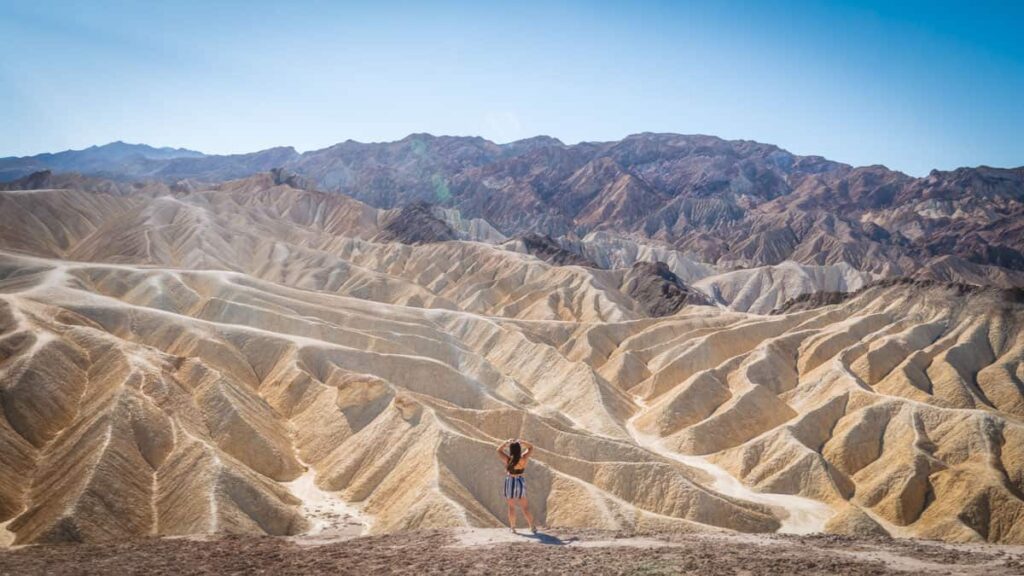
Death Valley lives up to its ominous name with scorching temperatures that can reach 130°F in summer, making dehydration and heatstroke common threats. The park records multiple heat-related fatalities annually, with hikers and off-road drivers being the most vulnerable.
Many underestimate the isolation of its vast desert landscapes, where cell service is nonexistent in most areas. Vehicle breakdowns in the middle of nowhere can quickly become life-threatening if visitors lack adequate water and supplies.
Beyond the heat, sudden flash floods can sweep through narrow canyons, catching even cautious hikers off guard.
3. Grand Canyon National Park, Arizona
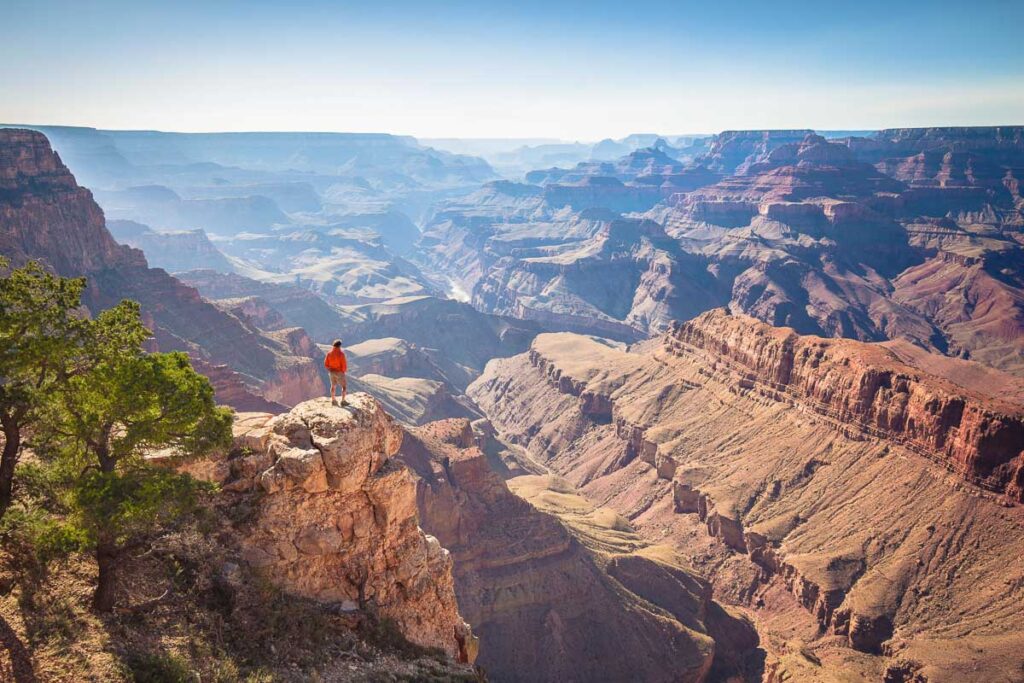
The Grand Canyon’s iconic beauty masks its deadly hazards. With an average of 12 fatalities each year, the park sees a mix of falls, dehydration, and heart attacks among its visitors.
The steep trails to the canyon floor are deceptively grueling, and many hikers underestimate the effort required for the return ascent. The Colorado River, running through the canyon, has claimed lives due to swift currents and sudden rapids.
Extreme heat during summer months adds another layer of danger, particularly for those unprepared for the harsh conditions. Rescue teams are called out frequently, with helicopter extractions being a costly and often avoidable necessity.
4. Yosemite National Park, California
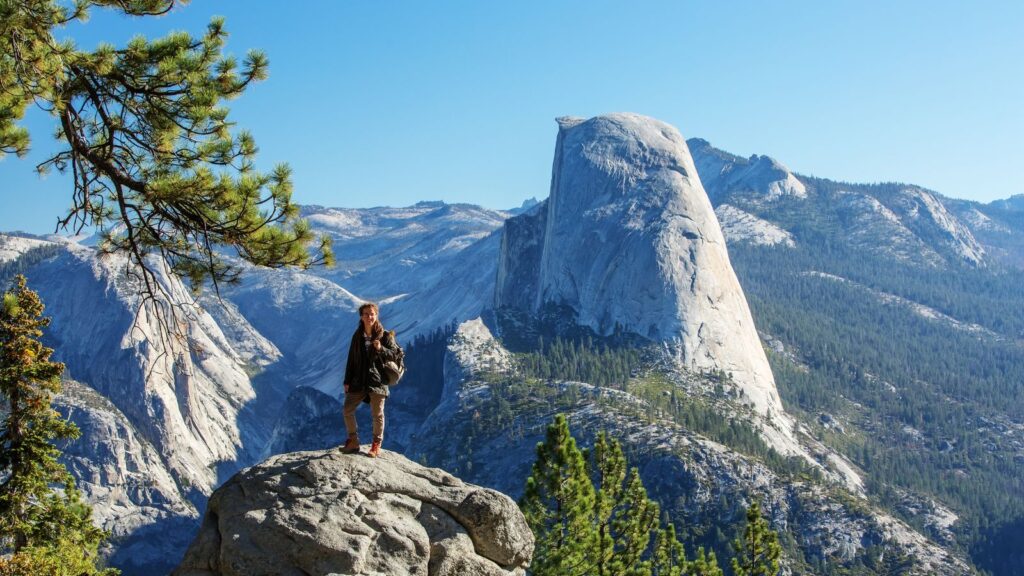
Yosemite is one of America’s most beloved parks, but the wilderness area has claimed at least 25 deaths on the cable section of the summit and dozens more on the hike up El Capitan itself.
Rock climbers tackling El Capitan and Half Dome face extreme challenges, and occasional falls have turned dreams into tragedy. Even casual hikers must watch their footing on slippery granite, especially near the park’s famous waterfalls.
With over four million annual visitors, sudden weather changes, from scorching heat to snowstorms, can catch visitors unprepared.
5. North Cascades National Park, Washington State
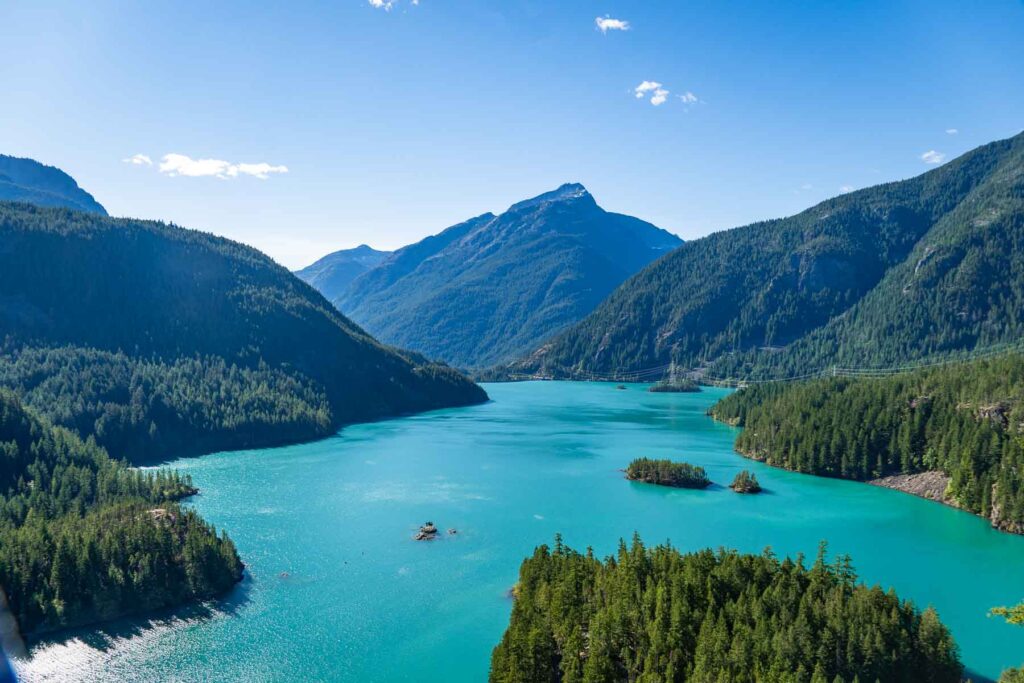
Dubbed the “American Alps,” the North Cascades feature jagged peaks, glaciers, and remote wilderness. However, these stunning landscapes conceal significant dangers, with hypothermia, falls, and avalanches being common culprits.
Due to its harsh terrain and severe weather shifts, the park has one of the highest rates of search-and-rescue operations in the country. Glacial travel poses risks even to experienced adventurers, as crevasses are often hidden under thin snow bridges.
Wildlife encounters, including bears and mountain lions, are a constant possibility.
6. Big Bend National Park, Texas

Big Bend’s remote desert setting is unforgiving, with help often hours away. The park averages around two dozen search-and-rescue operations annually, often for lost hikers and heat-related emergencies.
With temperatures exceeding 110°F in summer and limited water sources, dehydration is a real threat. The Rio Grande may look inviting, but swift currents and hidden obstacles can make crossings dangerous. Some of the most dangerous wildlife in the country, including venomous snakes and mountain lions, can be found here.
7. Channel Islands National Park, California
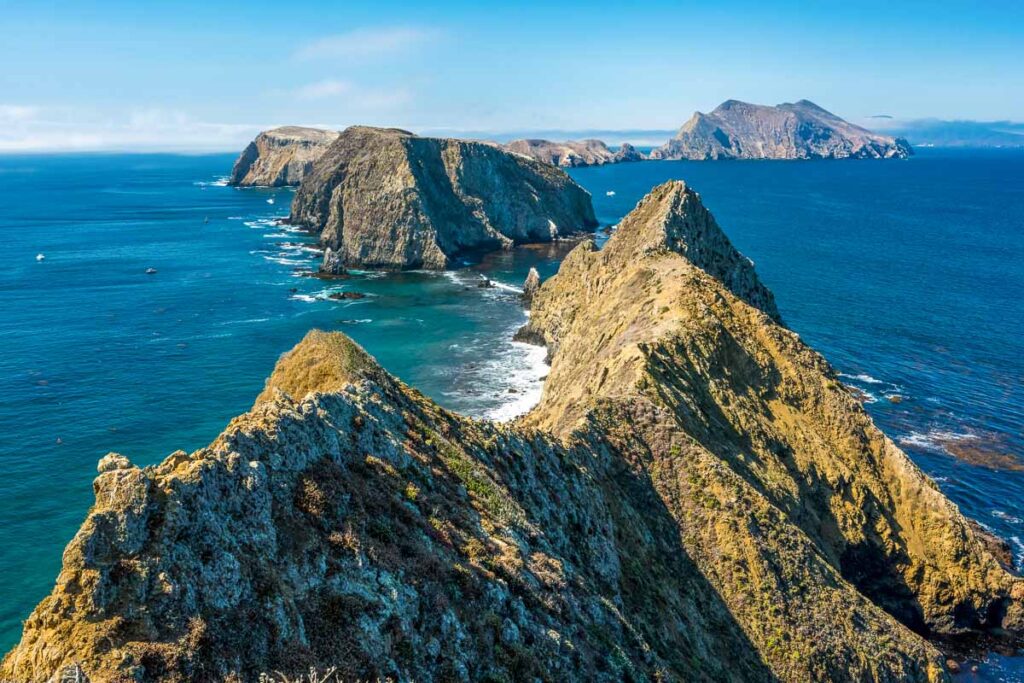
The Channel Islands are surrounded by treacherous waters. Boating accidents and drownings are among the top dangers, with strong currents and unpredictable ocean swells posing threats even to experienced swimmers.
On land, steep cliffs and uneven terrain can lead to serious falls. The islands’ isolation complicates emergency responses, as medical help is often hours away.
Additionally, extreme weather and dense fog frequently disrupt ferry services, leaving visitors stranded.
8. Wrangell–St. Elias National Park and Preserve, Alaska

As the largest national park in the U.S., Wrangell-St. Elias is a true wilderness where help is far from guaranteed. Its sheer size and remoteness challenge navigation, often leading to lost hikers or stranded climbers.
Weather conditions can turn deadly in an instant, with freezing temperatures and whiteout storms being common. Glaciers and crevasses pose a significant threat to both hikers and climbers. Wildlife encounters, particularly with grizzlies, add to the risks.
9. Dry Tortugas National Park, Florida
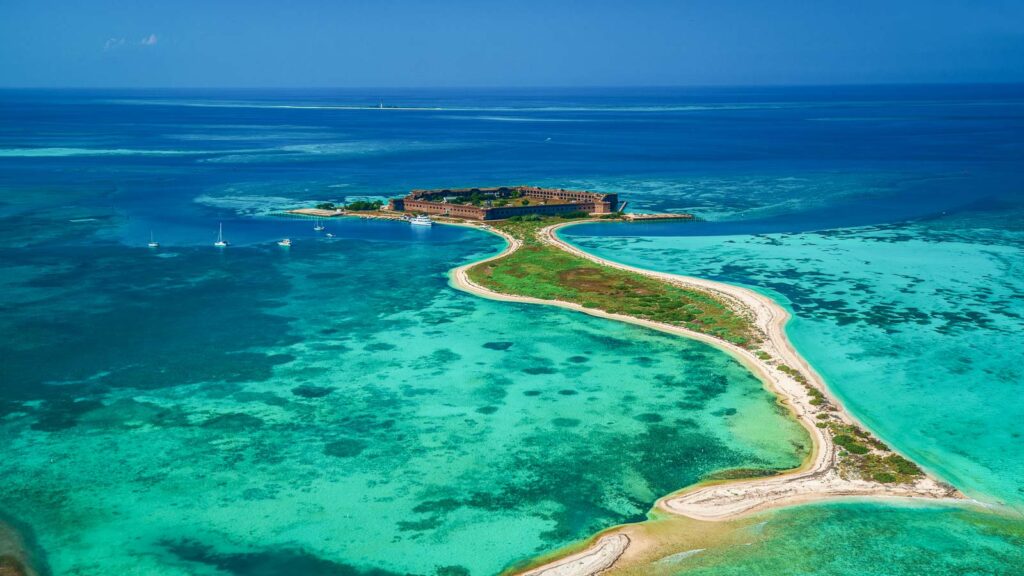
Accessible only by boat or seaplane, Dry Tortugas combines tropical beauty with hidden dangers.
Strong currents around the islands are notorious for pulling swimmers out to sea. Snorkeling in the park’s clear waters may seem idyllic, but sharp coral and sudden weather changes can catch visitors off guard.
Boating accidents, often due to inexperienced operators or rough waters, are not uncommon. Medical emergencies are particularly challenging due to the park’s isolation.
10. Isle Royale National Park, Michigan

This isolated park in Lake Superior is known for its wild beauty and equally wild challenges. With cold, unpredictable waters surrounding the island, boating accidents and hypothermia are real dangers.
The remote setting means that any medical emergency could take hours, if not days, to address. Backcountry hikers face risks from uneven terrain and encounters with wolves or moose, especially during breeding seasons.
Each year, the park sees several rescues due to lost or unprepared visitors.
Catherine, a seasoned travel writer, has lived in 4 different states and explored 36 states and 28 national parks. After spending two years embracing van life, she's now dedicated to sharing her vast knowledge of day trips across America. Catherine's other works has been referenced in major publications like MSN, Self, and TripSavvy.
| MY FAVORITE TRAVEL RESOURCES |
✈️ Find amazing guided tours and experiences with Viator to maximize your time! 🏘️ Plan ahead and secure your accommodation with Booking.com in advance. 🧾 Rent a car with Discovercars in advance and get the best prices for your day trip adventures. |

